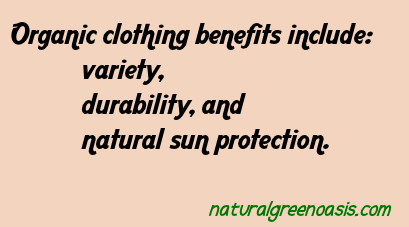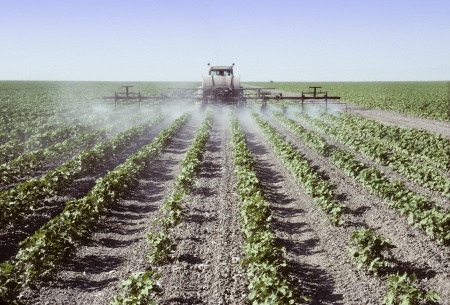I, like many of us, enjoy modern conveniences such as computers, telephones, etc. In many ways, they enhance our lives. Yet, in other ways, these conveniences can have a diminishing effect on our lives.
Electricity is an example of a modern convenience that can both enhance and diminish your quality of life.
Sarah, The Healthy Home Economist, has written a great post about “dirty electricity.” She explains what it is and how to avoid it.





